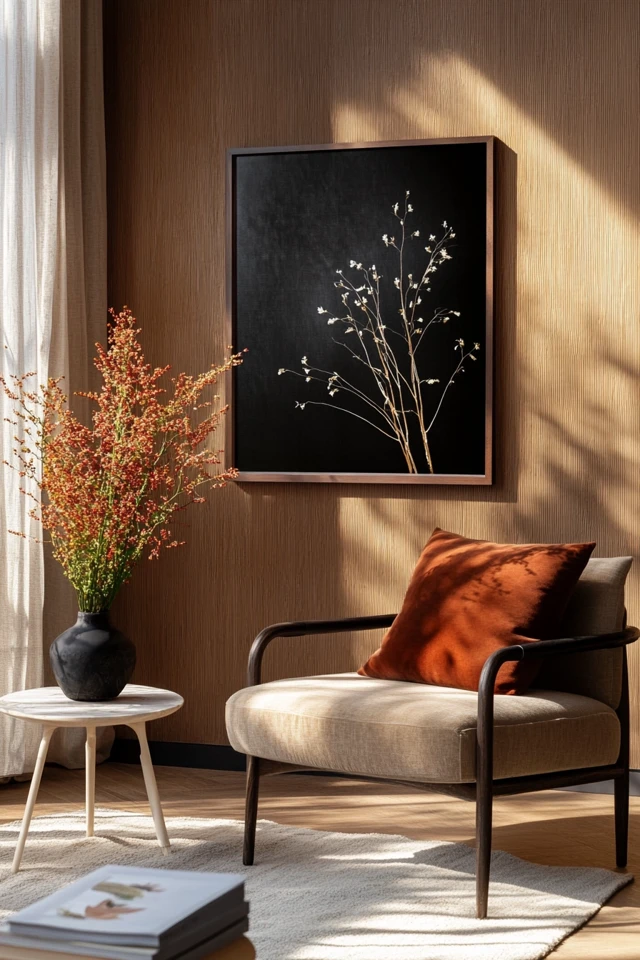Introduction
Minimalism is all about simplicity, clean lines, and a pared-down aesthetic. Yet, for some, the ultra-minimalist approach can feel stark or lacking in warmth. That’s where rich details come in—adding layers of texture, color, and intricate design to create a space that feels both sleek and inviting. When minimalism meets rich details, the result is a perfectly balanced home that celebrates both restraint and character.
I experienced this dynamic firsthand when redesigning my dining room. Initially, I went for a strictly minimalist look: white walls, a streamlined table, and bare surfaces. While it was clean and modern, the room felt a bit too empty and impersonal. By incorporating richly textured chairs, a statement pendant light, and a large piece of abstract art, I added layers of interest without losing the simplicity I loved. The transformation was stunning—it felt like I’d unlocked the best of both worlds.
In this guide, we’ll explore how to balance minimalism with rich details, creating spaces that are thoughtfully curated yet brimming with character. Whether you’re designing a serene bedroom, a cozy living room, or a chic home office, these tips will help you strike the perfect balance between simplicity and depth.
The Perfect Design for You
This approach is ideal for anyone who loves the clean, uncluttered look of minimalism but also craves a touch of warmth, depth, or luxury. It’s perfect for:
- Those who appreciate simplicity but don’t want their space to feel cold or sterile.
- Homeowners who want to highlight personal style without overcrowding their space.
- Design enthusiasts who enjoy experimenting with textures, patterns, and details.
- Anyone seeking a timeless, sophisticated aesthetic.
Imagine a living room where a sleek, white sofa is complemented by a handwoven wool rug and metallic accents, or a kitchen with minimal cabinetry and a striking marble backsplash. These are spaces that feel serene and polished while still capturing your unique taste.
No matter your style, blending minimalism with rich details allows you to create a home that’s both calming and full of personality.
Picture Gallery
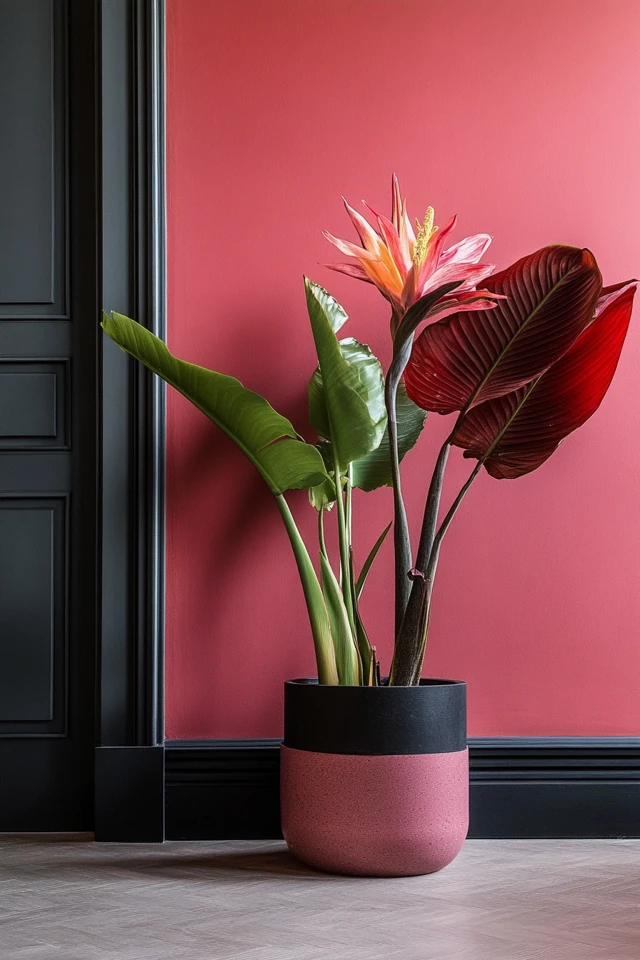
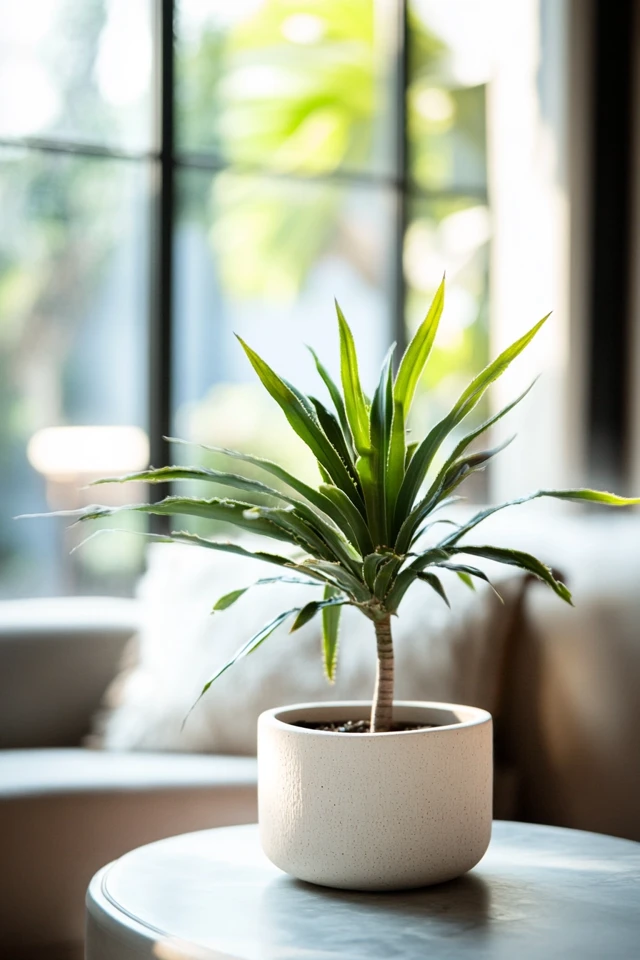
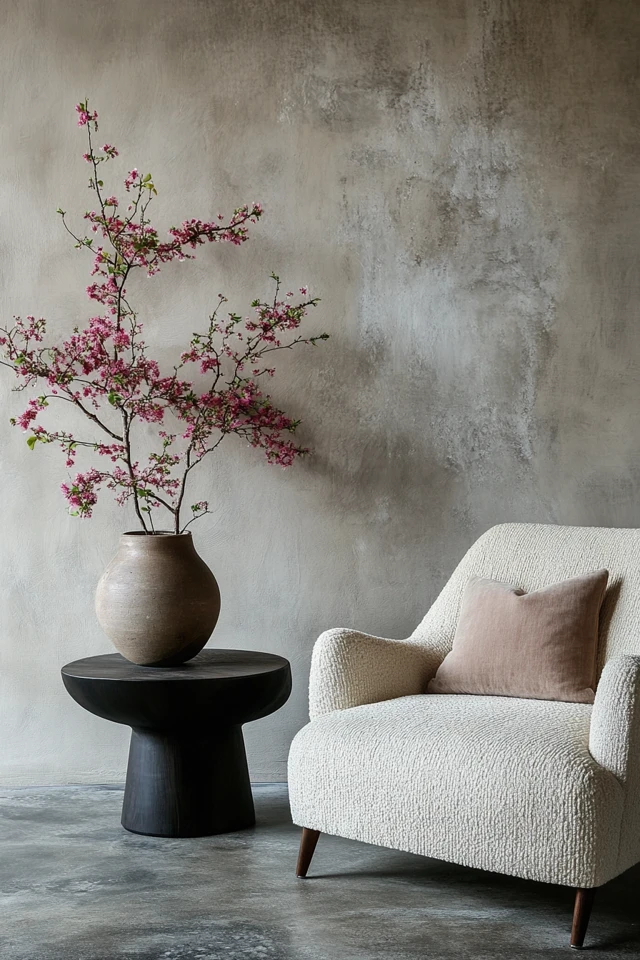
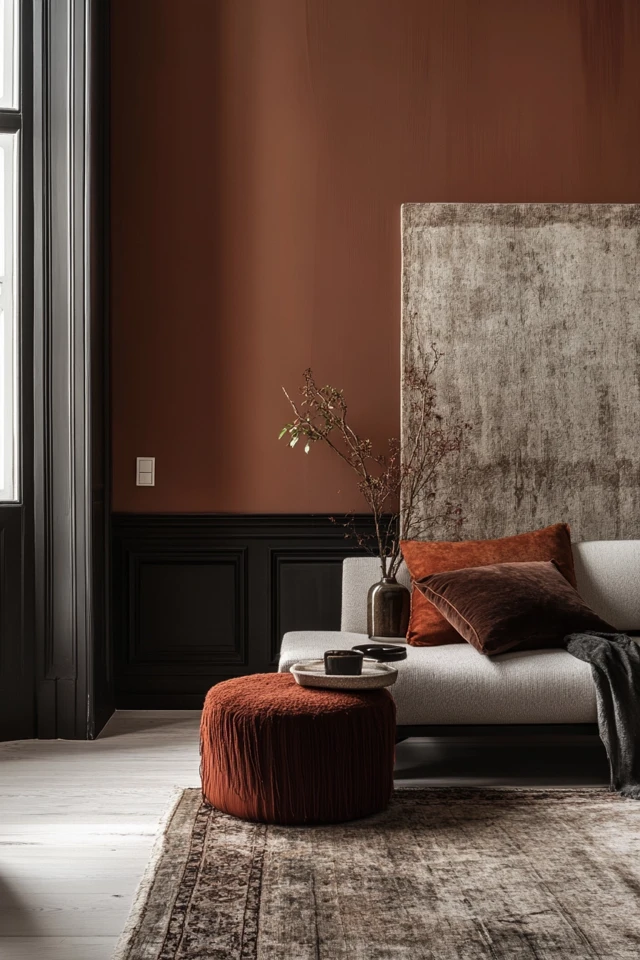
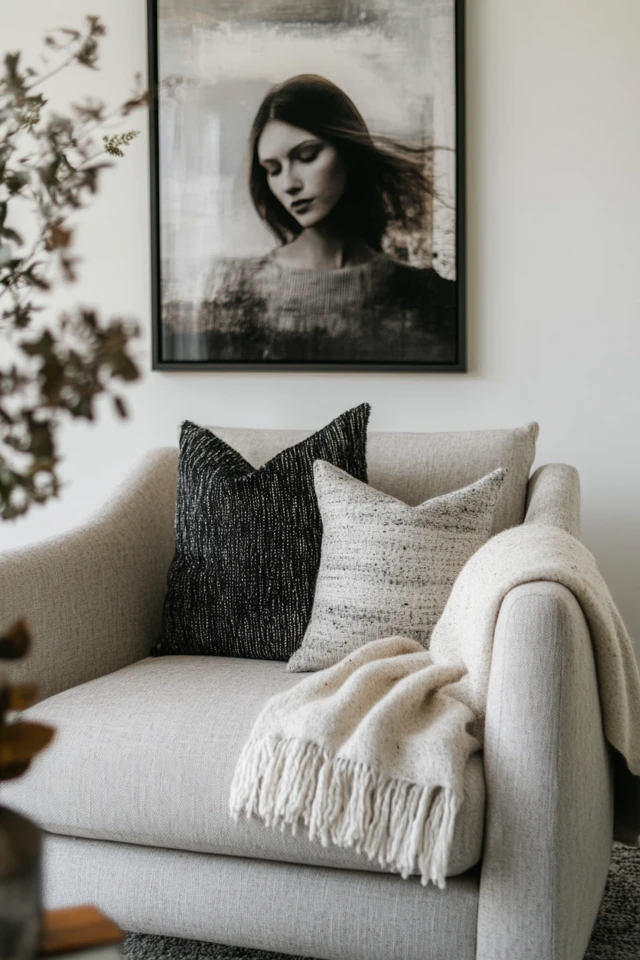
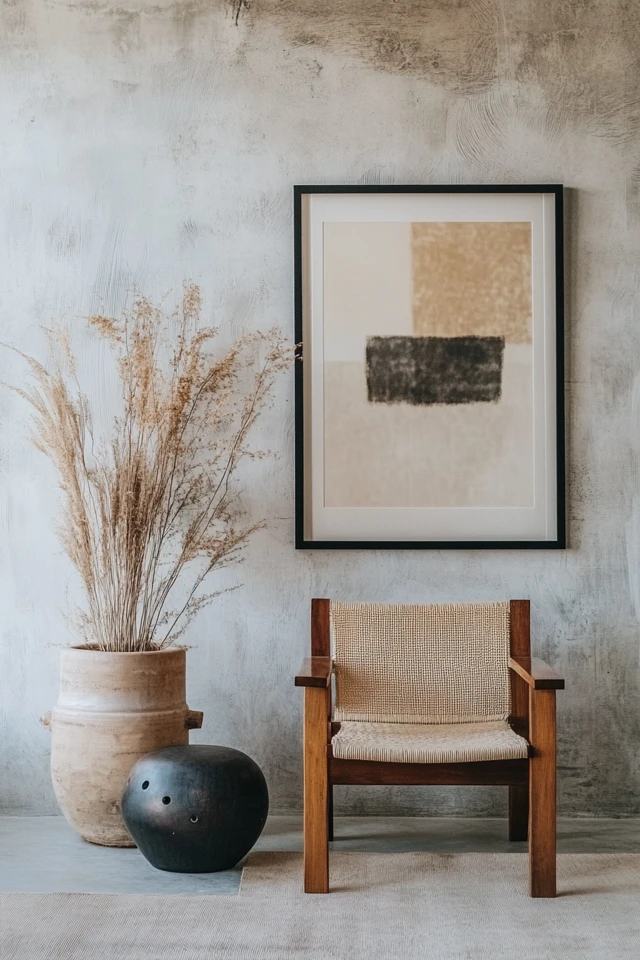
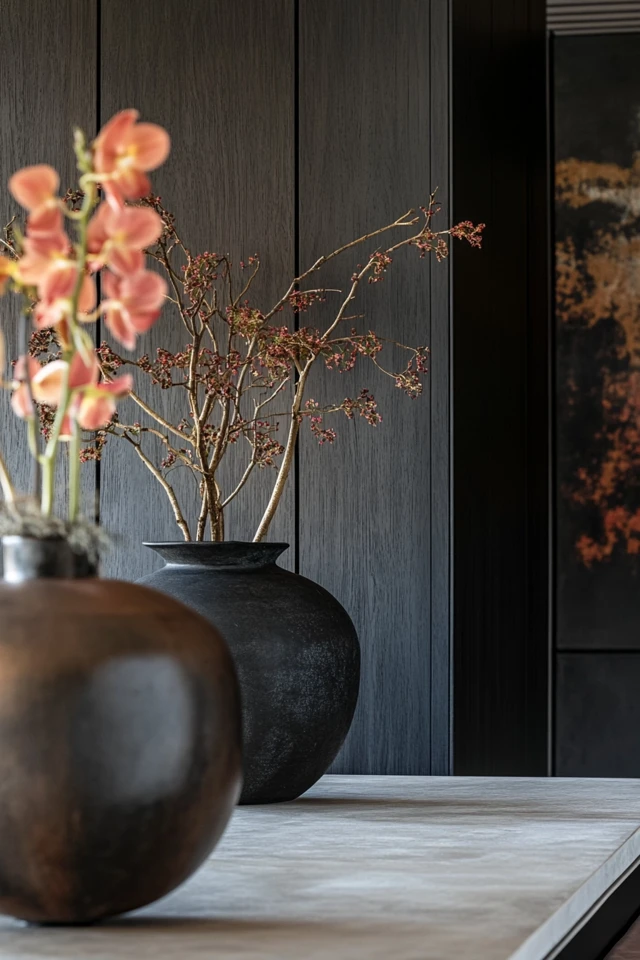
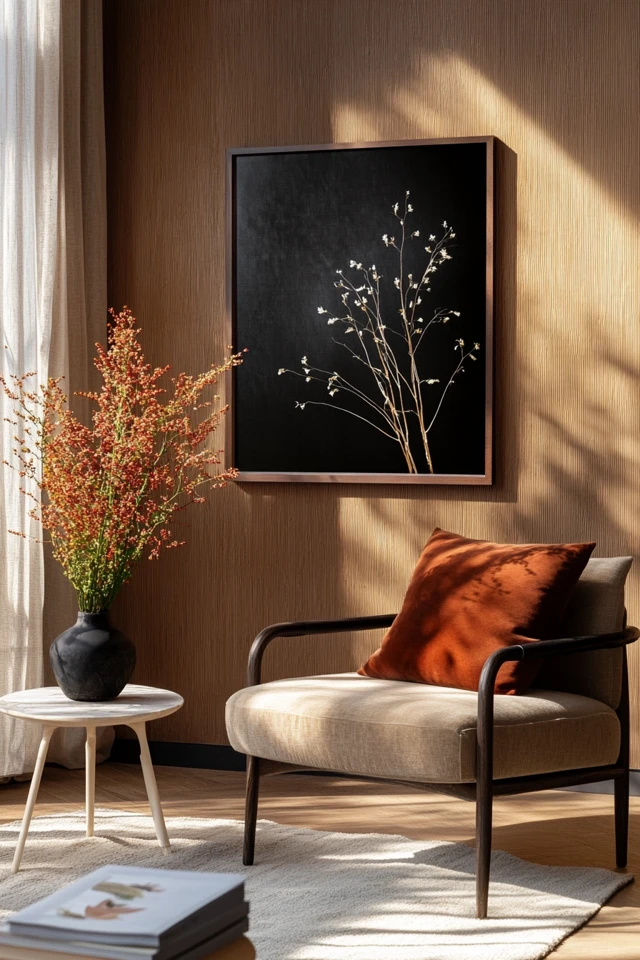
Why This Balance Works
Balancing minimalism with rich details brings out the best of both styles, creating spaces that feel harmonious and dynamic. Here’s why this combination works so well:
- Creates Contrast: Minimalism’s clean lines serve as a backdrop for intricate details to shine, adding visual interest without overwhelming the space.
- Adds Warmth: Rich textures, colors, and patterns soften minimalism’s stark edges, making the space feel inviting and livable.
- Showcases Intentionality: The juxtaposition of simplicity and detail highlights thoughtful curation and design choices.
- Provides Versatility: This balance works across different styles, from Scandinavian to industrial to modern farmhouse.
- Timeless Appeal: The restrained elegance of minimalism combined with well-placed details creates a look that feels both modern and enduring.
Interior designers often refer to this approach as “curated minimalism,” where every element serves a purpose and tells a story. By blending simplicity with richness, you can create spaces that are functional, beautiful, and uniquely yours.
How to Balance Minimalism With Rich Details: Step-by-Step
1. Start With a Minimalist Foundation
- Build the foundation of your space using minimalist principles:
- Opt for clean lines, uncluttered layouts, and neutral colors as the base.
- Use multifunctional furniture to reduce visual clutter.
- A simple, open foundation creates a calm backdrop for adding rich details.
- Example: Begin with a white or gray sofa and a low-profile coffee table to establish a minimalist vibe in the living room.
2. Layer in Rich Textures
- Add depth by incorporating a variety of textures:
- Pair smooth surfaces like glass or metal with tactile fabrics like velvet, linen, or wool.
- Use textured rugs, throw blankets, and pillows to add warmth and interest.
- Combining textures creates a sensory experience that feels inviting.
- Example: A minimalist bedroom with a linen duvet, a chunky knit throw, and a velvet bench feels both serene and cozy.
3. Introduce Subtle Patterns
- Use patterns sparingly to maintain a minimalist aesthetic while adding character:
- Choose tone-on-tone patterns or small-scale prints for a subtle effect.
- Incorporate patterns through rugs, curtains, or accent pieces like vases.
- Keep the palette cohesive to avoid overwhelming the space.
- Example: In a dining room, a neutral striped rug beneath a simple wooden table adds understated elegance.
4. Use Natural Materials
- Incorporate natural elements to add richness and authenticity:
- Use wood, stone, leather, or ceramics for furniture and decor.
- Embrace imperfections like knots in wood or variations in stone for added character.
- Natural materials ground the space and provide organic warmth.
- Example: A minimalist kitchen with marble countertops and wooden stools balances sleekness with earthy charm.
5. Play With Color Accents
- Introduce a few carefully chosen pops of color to enhance the minimalist palette:
- Use muted or jewel tones to create depth without overwhelming the space.
- Limit color accents to 1–2 hues for a cohesive look.
- Example: A minimalist office with a black-and-white base feels vibrant with emerald green cushions and a mustard yellow lamp.
6. Focus on Statement Pieces
- Choose one or two standout pieces to serve as focal points:
- A bold chandelier, an oversized piece of art, or a sculptural chair can add drama.
- Keep surrounding elements simple to let the statement piece shine.
- Example: A minimalist living room with a neutral palette is elevated by a striking abstract painting on the wall.
7. Incorporate Metallic Accents
- Add a touch of luxury with metallic finishes:
- Use brass, gold, or chrome accents in lighting, hardware, or decor.
- Pair metallics with matte or natural finishes for balance.
- Metallic details add a sleek, polished edge without overpowering the space.
- Example: A modern bathroom with clean lines is enriched by a gold-framed mirror and matching fixtures.
8. Highlight Architectural Features
- Use rich details to emphasize your home’s unique architecture:
- Exposed beams, crown molding, or a statement fireplace can become focal points.
- Enhance these features with lighting or complementary decor.
- Example: A minimalist dining room with exposed brick walls gains character through their natural texture.
9. Use Art Thoughtfully
- Incorporate art that complements the minimalist aesthetic while adding richness:
- Opt for large-scale pieces or curated collections rather than cluttered displays.
- Choose art with bold colors, textures, or subject matter for visual impact.
- Example: A minimalist hallway feels complete with a single, large monochromatic print framed in black.
10. Maintain Negative Space
- Avoid overcrowding by leaving areas of empty space:
- Let furniture and decor breathe by spacing them out intentionally.
- Use negative space to draw attention to focal points and textures.
- Negative space is essential for maintaining a minimalist balance.
- Example: In a minimalist living room, a single vase on a bare console table creates a striking, curated look.
FAQ
1. Can I combine minimalism with bold patterns?
Yes! Use bold patterns sparingly, such as in a rug or a single piece of artwork, and keep the surrounding elements neutral to avoid visual overload.
2. How do I choose which rich details to include?
Focus on quality over quantity. Opt for a few standout pieces or materials that resonate with your style and complement the minimalist foundation.
3. How do I avoid clutter while adding details?
Stick to intentional, curated decor and use storage solutions to keep unnecessary items out of sight. Prioritize functionality and aesthetics equally.
4. Can this style work in small spaces?
Absolutely! Minimalism naturally suits small spaces, and rich details can make them feel more dynamic and personalized. Just keep details scaled to the room’s size.
5. How do I maintain balance between simplicity and richness?
Stick to a neutral base and introduce layers gradually. Test how each detail interacts with the overall design, removing anything that feels overpowering.
Variations
- Scandinavian Modern: Combine light woods, white walls, and cozy textiles for a minimalist look with warmth.
- Industrial Chic: Pair exposed materials like metal and concrete with rich leather or soft textiles for contrast.
- Contemporary Luxe: Use high-end materials like marble, velvet, and brass to add richness to clean-lined modern furniture.
- Bohemian Minimalism: Blend organic textures like rattan or jute with minimalist layouts and curated global accents.
- Coastal Serenity: Incorporate natural fibers, soft blues, and warm sandy tones for a calming, seaside-inspired aesthetic.
How to Showcase It
- Living Rooms: Use a minimalist sofa with textured throw blankets and a bold area rug to anchor the space.
- Bedrooms: Layer crisp white bedding with a quilted comforter and soft linen cushions for a cozy, elevated look.
- Dining Rooms: Highlight a simple table with a dramatic centerpiece and upholstered chairs in rich fabrics.
- Home Offices: Keep the desk sleek and modern, with a textured area rug and decorative storage solutions.
- Bathrooms: Combine clean, white fixtures with textured towels, a wood bath mat, and metallic accents for a spa-like feel.
Occasions to Feature It
- Everyday Serenity: Create a calm, functional space for your daily routines.
- Seasonal Updates: Add seasonal details like warm throws in winter or breezy linens in summer.
- Entertaining Guests: Showcase curated spaces that feel both elegant and inviting.
- Post-Renovation: Use this approach to blend modern upgrades with character-rich details.
- Personal Retreats: Design bedrooms, reading nooks, or bathrooms that feel luxurious and restorative.
Conclusion
Balancing minimalism with rich details is a design approach that offers the best of both worlds: simplicity and sophistication. By starting with a clean, minimalist foundation and layering in textures, patterns, and standout elements, you can create a space that feels both serene and dynamic.
Whether you’re revamping a single room or your entire home, these tips will help you achieve a timeless aesthetic that reflects your unique style. So embrace the power of contrast, experiment with rich details, and watch as your home transforms into a haven of thoughtful, understated luxury.

